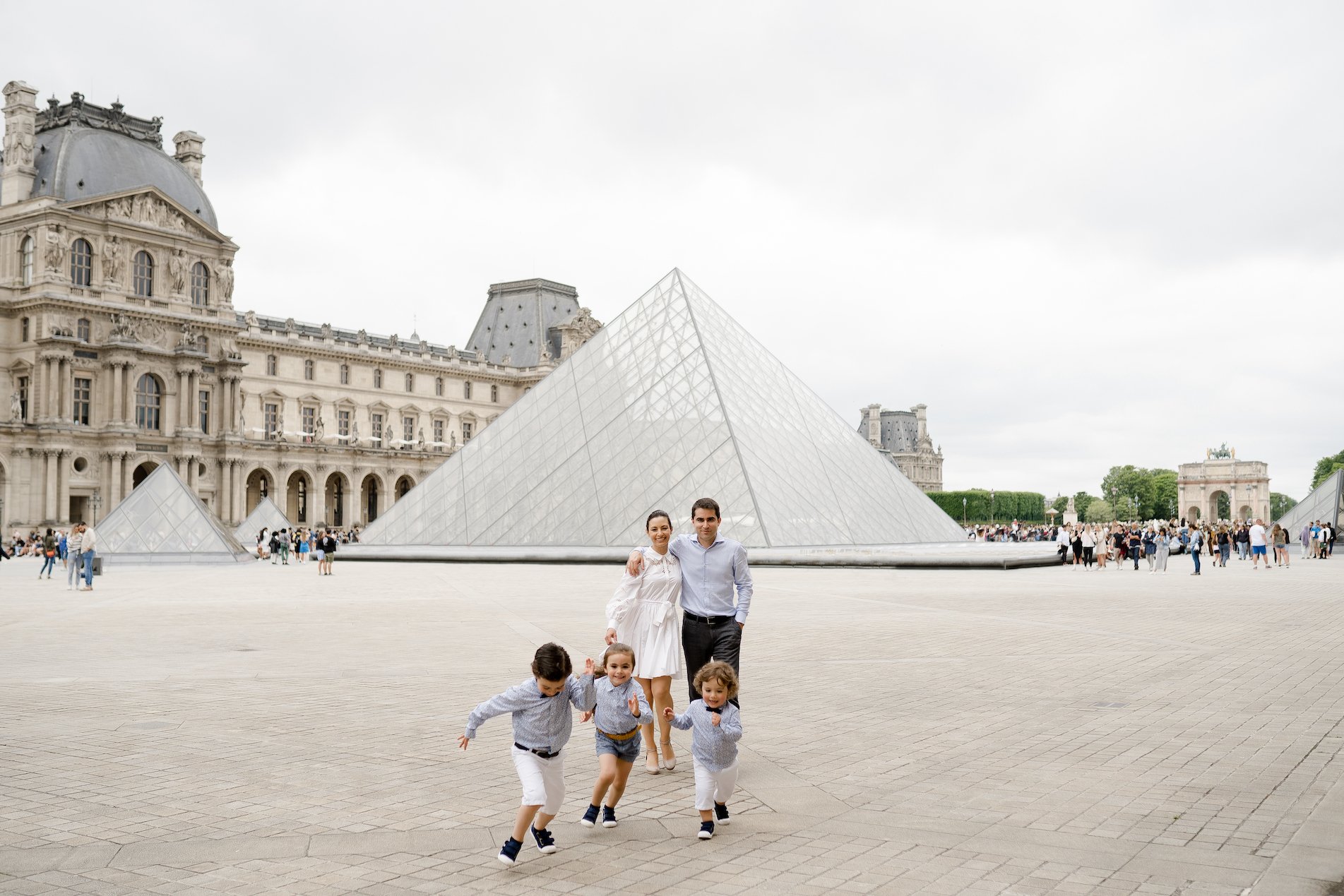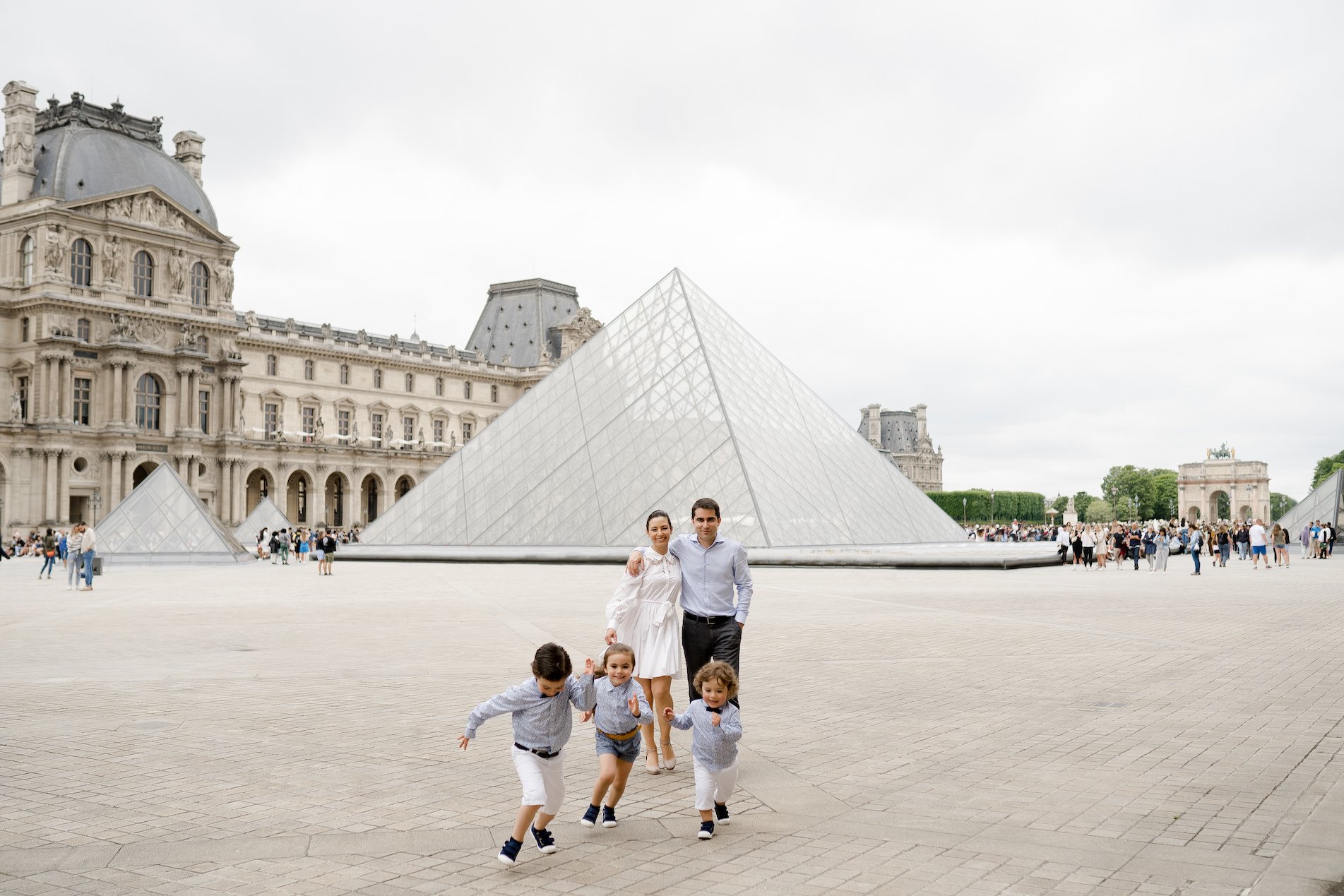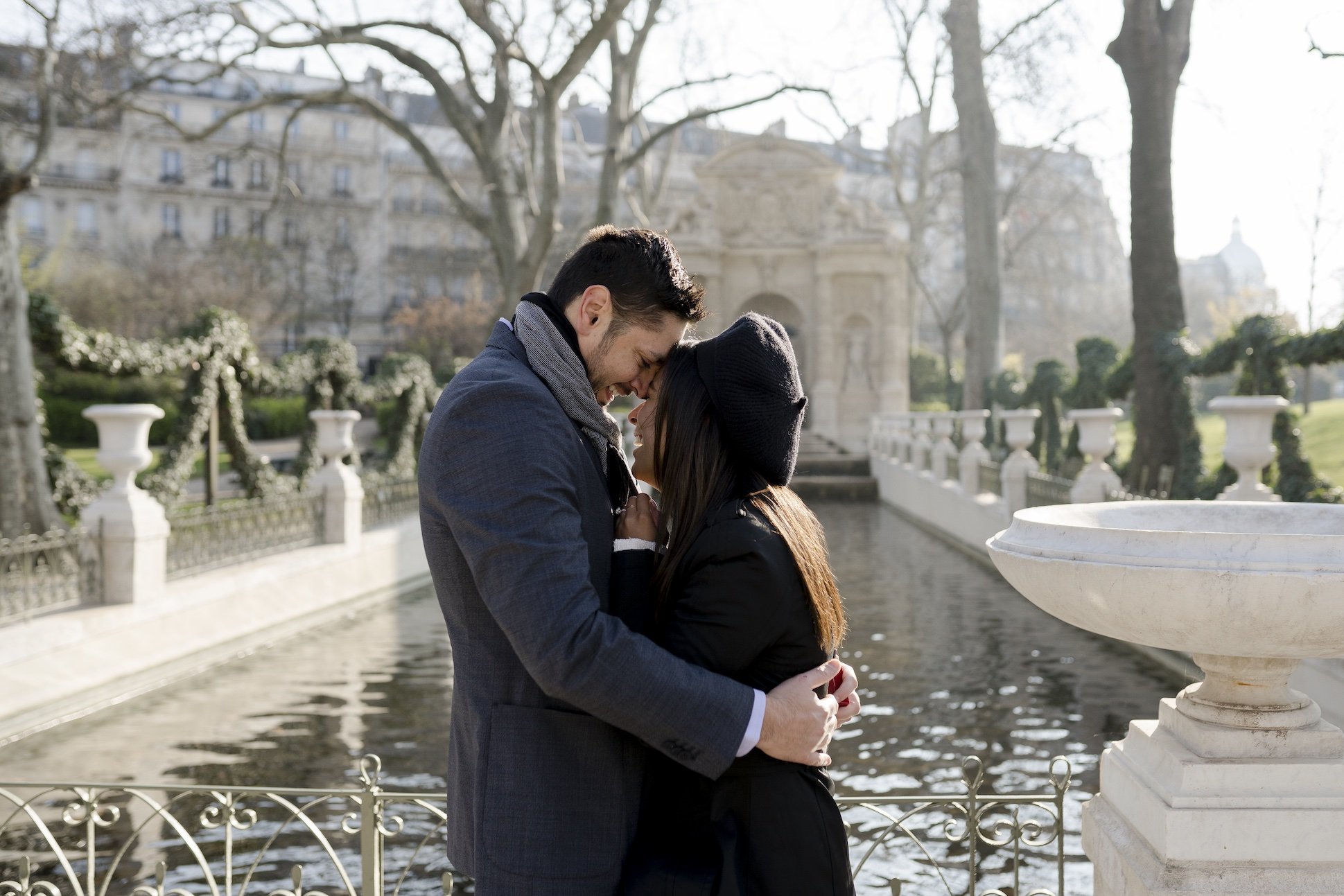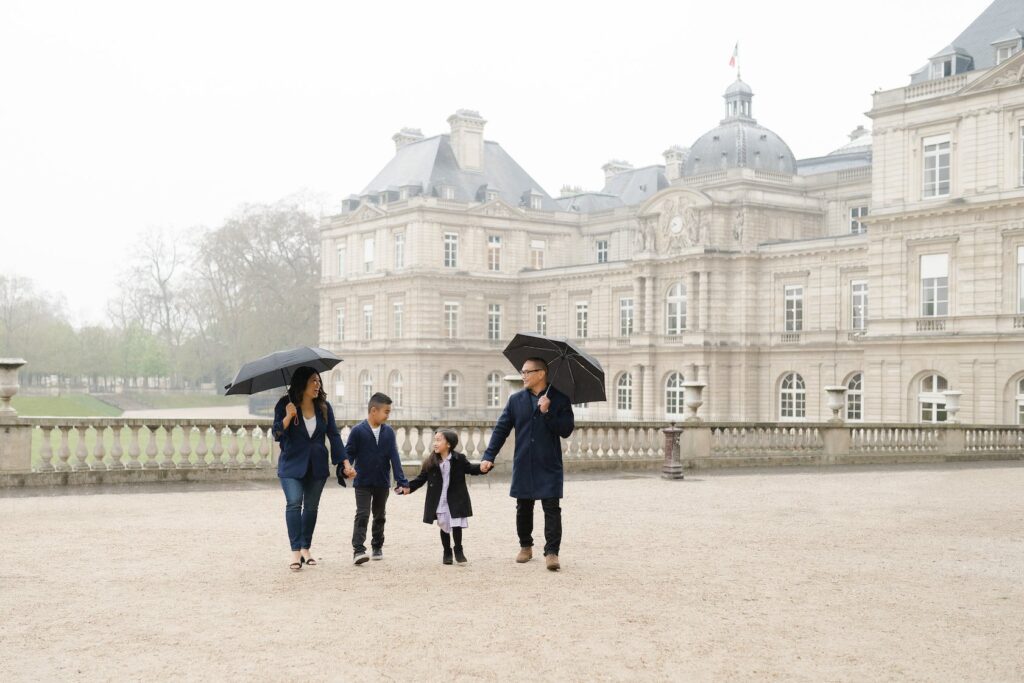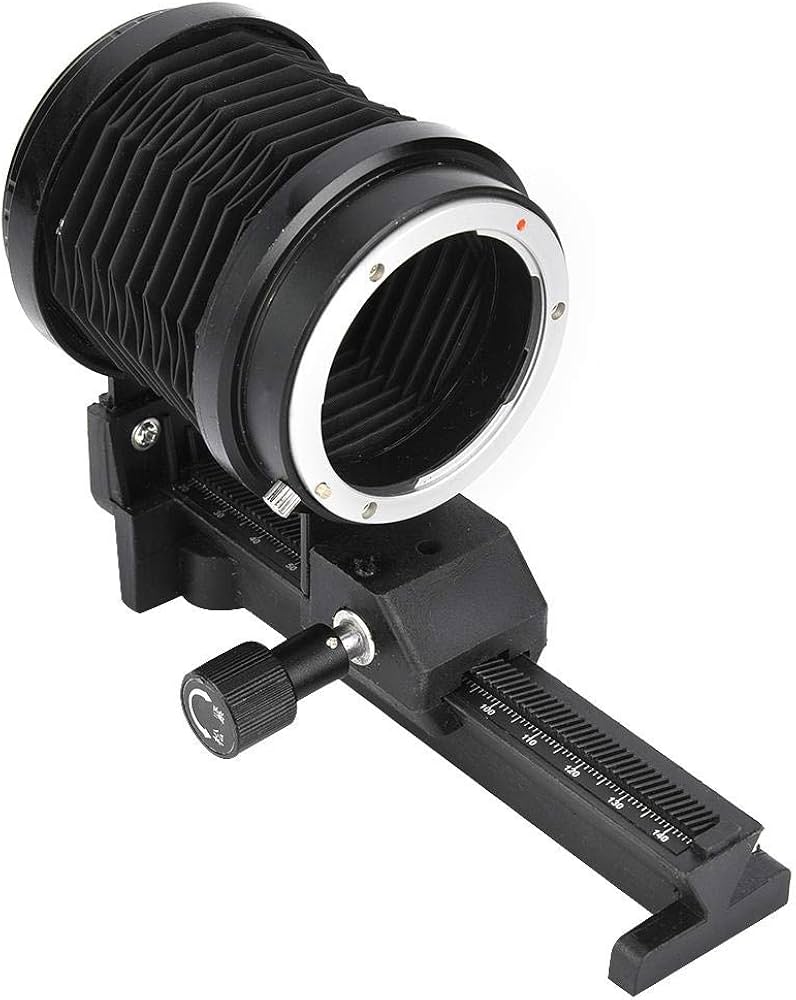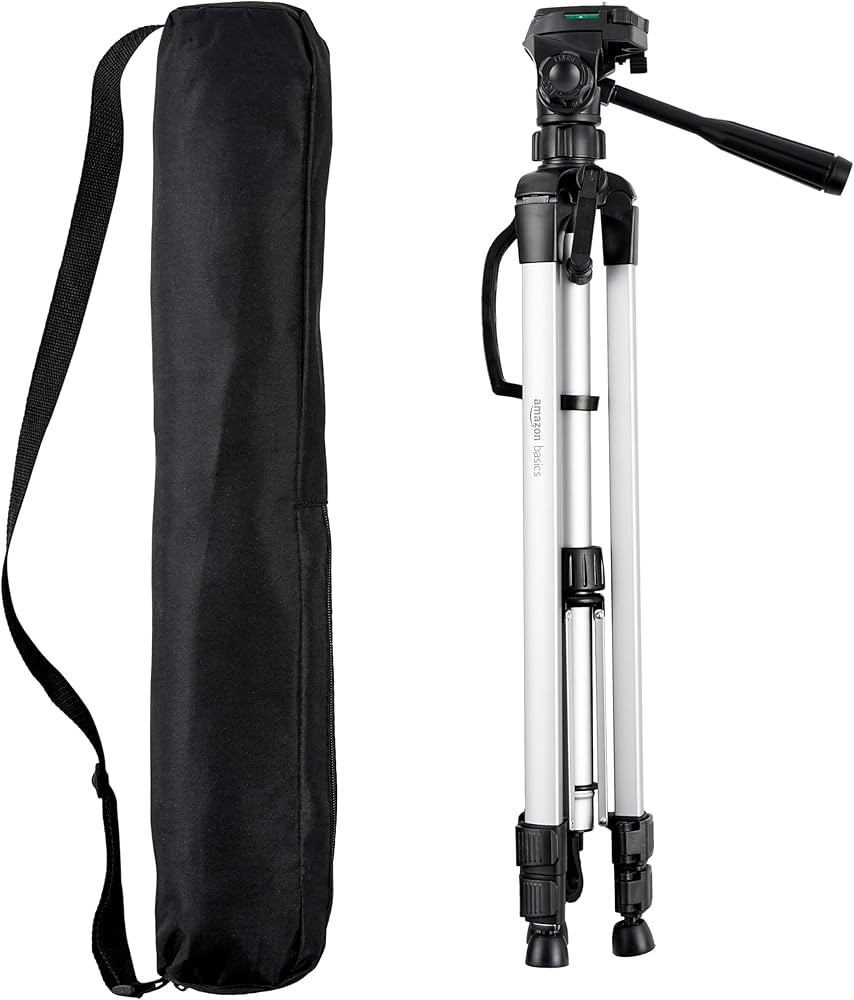Oh France, you culinary wonderland…
I honestly have to pinch myself all the time to make sure my life in Paris is real. And I’m convinced that the mealtime experience in France is one of the most magical parts of the culture. I feel spoiled by how much culinary talent is in Paris in particular. It’s got some of the best restaurants in the world, and I’m a sucker for good food.
There are plenty of amazing hole-in-the-wall spots to check out, but today, we’re talking about Michelin restaurants, and what that even means!
The Michelin Guide, an emblem of culinary excellence, has a storied history and a significant impact on the world of fine dining, particularly in France. This prestigious guide, which was actually published by the French company Michelin tires, has been a beacon for food enthusiasts and chefs alike since its inception in the early 20th century.
In this blog, we will explore the origin story, criteria, and impact of the Michelin Guide in France, and what it looks like today.
Hopefully this useful information will inspire you to finally pull out all the stops and make a reservation at a michelin restaurant in Paris during your trip. Honestly, I really recommend investing in at least one fancy, expensive meal while you’re here. Sure, maybe it’s not something you would do at home. But you’re in Paris after all! Now IS the time.
The Origins of the Michelin Guide
So, the Michelin Guide was first published in 1900 by brothers André and Edouard Michelin, the founders of the Michelin tire company that I mentioned above. At first, it was a practical resource for motorists, with information on maps, tire repair, car mechanics, and, interestingly, where to find a good meal or accommodation. The michelin brothers recognized that encouraging people to travel more would boost tire sales, so they started providing useful travel information.
In 1926, the french guide began to focus more on dining, awarding a single star to fine dining establishments. By 1931, the guide introduced the three-star rating system that remains in use today (remember that this started as road maps!!). The ratings are as follows:
One Star: A very good restaurant in its category. “Worth the stop”
Two Stars: Excellent cooking, “Worth the detour”.
Three Stars: Exceptional cuisine, “Worth a special trip”
Criteria for Michelin Stars
Michelin inspectors, who remain anonymous to maintain objectivity, evaluate restaurants based on five different categories:
Quality of the Ingredients: The freshness and quality of ingredients used.
Mastery of Flavor and Cooking Techniques: The chef’s ability to bring out the best flavors and execute dishes perfectly.
Personality of the Chef in the Cuisine: This basically means the originality and creativity displayed in the dishes. Think artistic expression!
Value for Money: The overall dining experience relative to the price. In short, good value for the price point.
Consistency: The reliability of the dining experience across multiple visits and throughout the menu.
These criteria ensure that the awarded stars are a reliable indicator of excellence.
Something I found very interesting is that the style/decor of the restaurant and even the service have no bearing on the michelin rating. Michelin stars are ONLY awarded for the food quality, nothing else.
Michelin guide inspectors go several times over the course of a year to try as many dishes on the menu as possible. They want to check for consistency in the excellent quality of the food in order to continue issuing a star, or consider adding a second or even third star. The michelin star rating system requires pretty frequent re-evaluation. I mean, after all, sometimes head chefs move away or hand the reigns over to someone else. Things can change quickly in the restaurant business so michelin star chefs never take the accomplishment for granted, no matter if it’s their first star or their third star. Previously awarded restaurants don’t get special treatment.
The Impact of Michelin Stars
Of course, receiving a Michelin star can dramatically change a restaurant’s fortunes. It often leads to increased visibility, higher patronage, and greater prestige. But with this recognition comes a LOT of pressure. Chefs and owners of michelin star restaurants often feel stressed to maintain their stars, which can be both a blessing and a burden.
Losing a star can have significant consequences, sometimes leading to a decline in business. This intense pressure has even led some chefs to relinquish their stars voluntarily just to remove the stress associated with maintaining Michelin standards. Crazy, right?
Imagine being an Olympic athlete and giving up your gold medal because you don’t want the stress of trying to win another one and potentially failing. I guess it’s a double-edged sword.
Michelin Guide in France: The Epicenter of Gastronomy
France, known for its rich culinary heritage, has always been central to the Michelin Guide. French cuisine is diverse, ranging from the rustic dishes of the countryside to the refined flavors of Parisian dining. The Michelin Guide highlights this diversity, featuring a wide array of restaurants across the country.
Notable Michelin-Starred Restaurants in France
L’Auberge du Vieux Puits (Fontjoncouse): Helmed by Chef Gilles Goujon, this three-star restaurant is celebrated for its innovative and exquisitely crafted dishes.
Arpège (Paris): Led by Chef Alain Passard, Arpège is renowned for its vegetable-focused cuisine and has held three stars since 1996.
Mirazur (Menton): Chef Mauro Colagreco’s Mirazur, located on the French Riviera, offers a unique dining experience influenced by the surrounding landscape and has been awarded three stars.
Regional Highlights
The Michelin Guide also emphasizes regional cuisines, encouraging diners to explore the culinary richness of different parts of France. From the seafood of Brittany to the hearty stews of Provence, the guide showcases the country’s gastronomic diversity.
For more information on the top specialty regional dishes France has to offer, go check out our blog HERE.
The Evolution and Future of the Michelin Guide
The Michelin Guide has evolved over the years to adapt to changing culinary landscapes. In recent times, there has been a greater emphasis on sustainability, with the introduction of the Michelin Green Star to recognize restaurants with a strong commitment to sustainable gastronomy. I think that’s such a cool idea!
At this point, the guide has expanded its reach, covering more countries and regions. I love that it plays such a big part in promoting a global appreciation of diverse culinary traditions. And the best part is that the core values of quality, creativity, and excellence remain unchanged.
The Michelin Guide in France is more than just a rating system; it is a celebration of culinary artistry and a testament to the country’s gastronomic prowess.
So, whether you are a seasoned foodie or a casual diner, the guide offers a curated list of dining experiences that are sure to delight and inspire. As the culinary world continues to evolve, the Michelin Guide remains a steadfast symbol of excellence, guiding food enthusiasts to the finest dining experiences across France and beyond.
Don’t be shy, just make that reservation. Splurge on a three-course meal or a tasting menu. You won’t regret investing in french gastronomy. It’s tried and true.
And if you’re looking for other activities to do while in Paris, you can book an indoor or outdoor portrait session with us at Katie Donnelly Photography! Click HERE to book.

